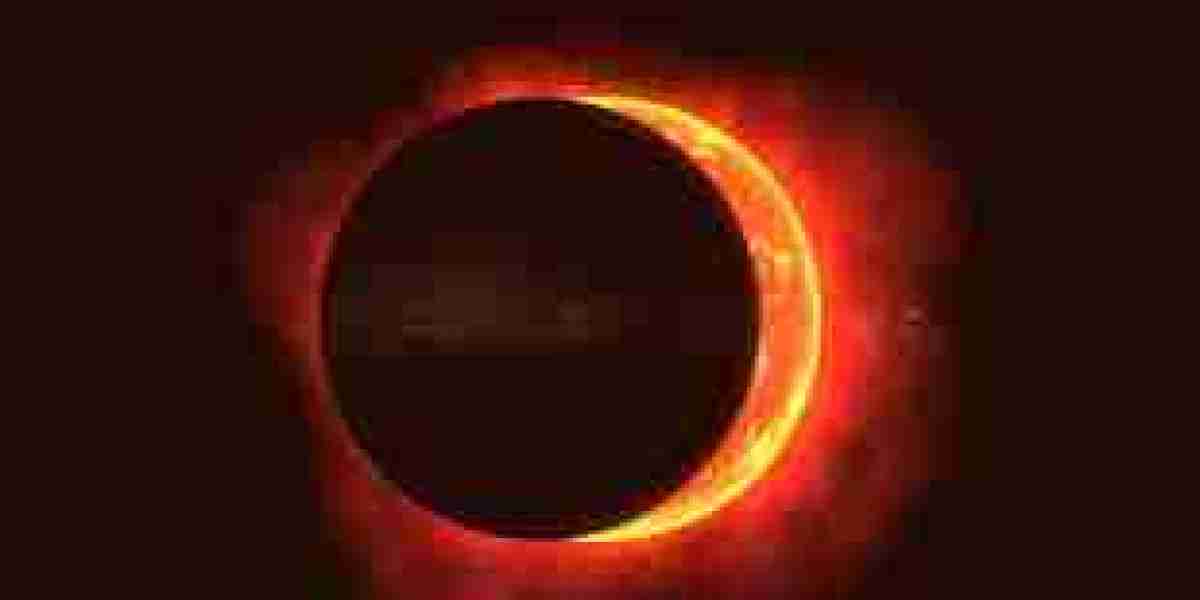A solar eclipse is one of nature's most awe-inspiring spectacles, when the moon passes between the Earth and the Sun, casting a shadow over the Earth and, for a fleeting moment, turning day into night.
This celestial event occurs when the moon's apparent size is enough to cover the Sun completely or partially, depending on the type of eclipse.
The total solar eclipse on April 8, 2024, is a highly anticipated event that will sweep across United States, Mexico and Canada, offering a spectacular view to millions.
Why Nairobi will not experience the April 8, 2024 solar eclipse
Today's total solar eclipse will not be visible from Nairobi, Kenya.
The path of totality for this eclipse—where the total solar eclipse can be observed—will mainly cross through parts of North America and South America and Nairobi is far from the eclipse's path of totality.
Due to the Earth's curvature and the moon's shadow positioning, the eclipse will not be observable from Nairobi or its surroundings and residents of the East African city won't experience the day-to-night transformation characteristic of a total solar eclipse, but they can look forward to future eclipses that might be visible from the region.
Best locations to view the total solar eclipse
The eclipse will begin over the South Pacific Ocean and make its first landfall on Mexico’s Pacific coast at approximately 11:07 a.m. PDT (9:07 p.m. EAT).
From there, it will traverse a narrow path stretching from Texas to Maine, including parts of Canada, before exiting over the Atlantic coast of Newfoundland at around 5:16 p.m. NDT (10:46 p.m. EAT).
Great locations for viewing this celestial spectacle span across several U.S. states. Key viewing times in various cities along the path of totality are as follows:-
- Dallas, Texas: Totality will occur from 1:40 p.m. to 1:44 p.m. CDT (9:40 p.m. to 9:44 p.m. EAT).
- Little Rock, Arkansas: Observers can expect totality from 1:51 p.m. to 1:54 p.m. CDT (9:51 p.m. to 9:54 p.m. EAT).
- Carbondale, Illinois: Totality is anticipated from 1:59 p.m. to 2:03 p.m. CDT (9:59 p.m. to 10:03 p.m. EAT).
- Cleveland, Ohio: The eclipse will reach totality from 3:13 p.m. to 3:17 p.m. EDT (10:13 p.m. to 10:17 p.m. EAT).
- Buffalo, New York: Totality will span from 3:18 p.m. to 3:22 p.m. EDT (10:18 p.m to 10:22 p.m. EAT).
For those situated in areas of exceptional natural beauty, such as the Ouachita and Ozark National Forests in Arkansas, the experience promises to be even more mesmerising.
Hot Springs National Park in Arkansas, for example, will enjoy about 3 minutes and 37 seconds of totality, making it a prime location for both the eclipse and the natural setting.
For those who miss the 2024 event, the next total solar eclipse visible in the U.S. will not occur until March 30, 2033, and will only be visible in parts of Alaska.
Safety precautions for watching a solar eclipse
Viewing the eclipse offers a unique experience: the sudden shift from daylight to a twilight-like darkness, the appearance of stars and planets such as Venus and Jupiter, and the visibility of the solar corona, the sun’s outer atmosphere.
Moreover, this event will provide a rare opportunity to see the "Devil's Comet", especially through binoculars, with the right conditions and positioning.
To safely enjoy the eclipse, it’s imperative to use eclipse glasses that adhere to the international safety standard ISO 12312-2:2015, ensuring protection from harmful solar radiation.
Looking directly at the Sun, even during an eclipse, can cause permanent eye damage. Indirect viewing methods, such as pinhole projectors can also be safe. Never use sunglasses, smoked glass, or other makeshift filters.
Types and frequency of solar eclipses
Solar eclipses can be divided into four main types: total, partial, annular, and hybrid.
- A total solar eclipse occurs when the moon completely covers the Sun, as seen from Earth. This can only happen during a new moon, when the Sun and the Moon are in conjunction as seen from Earth. Total solar eclipses are rare at any given location because the totality path is very narrow.
- In a partial solar eclipse, the moon covers only part of the Sun. This happens when the Earth, Moon, and Sun are not exactly aligned.
- An annular solar eclipse occurs when the moon is too far from Earth to completely cover the Sun. This results in a ring of sunlight being visible around the moon.
- A hybrid eclipse is a rare phenomenon that shifts between a total and an annular eclipse. At some points on Earth, it appears as a total eclipse, while at other points, it appears as an annular eclipse.
Solar eclipses happen approximately 2 to 5 times a year, but total eclipses in a specific location are much rarer, happening about once every 375 years on average.
Phases of a solar eclipse
A solar eclipse unfolds in phases:
- Partial eclipse begins: The moon starts moving over the Sun's disk.
- Total or Annular eclipse begins: For a total eclipse, the moon entirely covers the Sun. In an annular eclipse, the moon's center covers the Sun, leaving a ring of sunlight.
- Maximum eclipse: The peak phase where the eclipse reaches its maximum coverage.
- Total or Annular eclipse ends: The moon starts moving away from the center of the Sun.
- Partial eclipse ends: The moon stops covering the Sun



